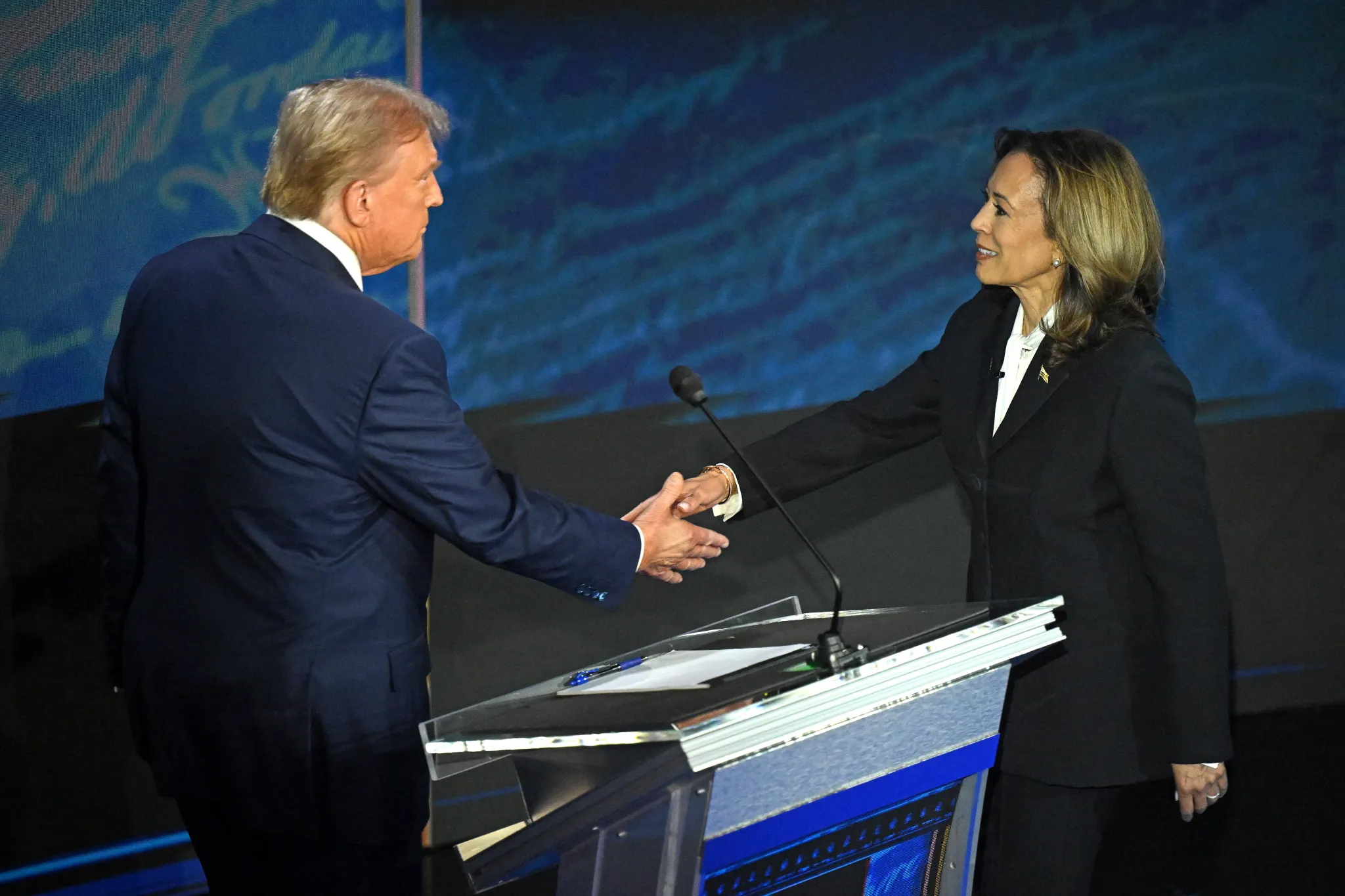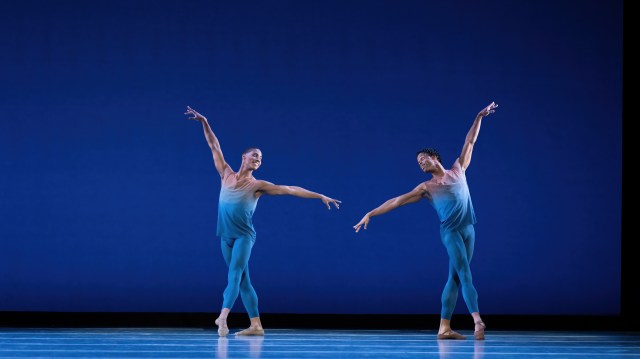I love the church, but I can’t say I always understand or even like it. And in my more than half a century inside it, I can’t remember a time when the American church seemed less clear about its identity and purpose.
The Lord decreed love as our signature characteristic (John 13:35), yet Christians have earned a reputation for hatefulness and even raunchiness. From our epidemic of leadership failures to the steady hemorrhaging of the disillusioned, it feels as if we’ve lost our moorings.
“It is an age of very great spiritual derangement and moral dissolution,” the Scottish preacher and theologian P. T. Forsyth shrewdly observed in his time. “The peril of the hour,” he believed in his time, was “a religious subjectiveness which is gliding down into a religious decadence.”
Forsyth wrote these words over a century ago, just before World War I, when modernist theologians were severely eroding trust in the Bible and orthodox traditionalists hunkered down in rigid defensiveness to stem the tide. Like today, the church of Forsyth’s time found itself in crisis and severely divided—and he felt a burden to help it recenter and regain its bearings.
“No religion can survive which does not know where it is,” Forsyth mused. “And current religion does not know where it is, and it hates to be made to ask.”
I first picked up his slim volume The Cruciality of the Cross back in seminary. And for more than two decades of pastoring, I’ve leaned heavily on Forsyth’s teaching to navigate a path across the treacherous terrain of cultural change, political division, and the ethical complexities of our technological world.
The core of his message to a beleaguered church is straightforward: Center on the Cross of Christ. That’s it. Forsyth’s writing unapologetically calls us back to our source of grace and meaning. Like the apostle Paul, he determined to know nothing but “Jesus Christ and him crucified” (1 Cor. 2:2).
But let’s all be honest: That’s not our natural go-to for addressing our most pressing concerns. Placing the Cross at the center of our faith and daily lives might sound either (1) incredibly basic and too obvious to highlight or (2) narrow and imbalanced, elevating the death of Christ over his life. And it certainly doesn’t strike us as the cure for what ails the church today.
Yet Forsyth was insistent. “Christ’s supreme eternal work is in His cross,” he wrote, “which contains, along with the power, the principle which solves the problem of every age.”
Forsyth was neither simplistic nor myopic in calling us back to Calvary. Far from merely tacking “Jesus died for our sins” to the end of every sermon, he went much deeper into the everyday implications of the Cross, which alone anchors us to God’s action as opposed to our own.
“It is the Gospel of the achieved more than the call to achieve,” he declared. “It bids us not to make, so much as to rest in something we find made.”
“To rest in something we find made” requires us to stop trying to manufacture it for ourselves. Truly nothing else has the capacity to unburden our spirits more than the thoroughness and finality of Jesus’ words on the cross: “It is finished.”
Yet how easily we relegate Christ’s death and resurrection to the margins, even in our efforts to serve him. Too often, we treat the Cross as merely the starting point for our faith journey—but then we take over the reins, striving for a sense of control over our spiritual growth and seeing our efforts as a supplement to Christ’s work.
“The Kingdom as a reality exists outside of us since Christ finished His work of establishing it,” Forsyth observed. “And it makes a great difference in the agents of the Kingdom whether they think they are making it or bringing in what is already made.”
It is easy to lose sight of that distinction. Back in seminary, one of my theology professors asked everyone in the class why we were there. One aspiring pastor replied, “I just want to breathe a little life into the Word.” As if the God-breathed text needed his CPR to save it! That student articulated blatantly what we all do in more subtle ways whenever we overestimate the value of our contribution—inserting our endeavors in a place that belongs to God alone.
We may accept the Cross as the crucial center of the Christian faith in theory, but what does that look like on a practical level? How exactly does it change the way we approach the very real challenges facing the church today and keep us from the “religious decadence” Forsyth decried?
First, it calls us to read and interpret Scripture through a relentlessly cruciform lens. Since Jesus was the “Lamb who was slain from the creation of the world” (Rev. 13:8), the gospel itself existed prior to the Bible being written—it was action before it became words. That eternal truth enabled Jesus to show the disciples on the road to Emmaus how the entire Old Testament pointed specifically to him (Luke 24:27).
If the Cross came first in a “superhistoric” sense (as Forsyth would phrase it), then Scripture itself serves that gospel. The written word derives its true authority and unity through the way it bears witness to Christ and his work. Forsyth pointed out that “The Bible is not a compendium of facts, historic or theological, but the channel of redeeming grace.”
This principle serves as a litmus test for our own interpretation of Scripture. No matter the text, I try to begin my study with the question, What does this passage show me of redemption? How does this take me to the Cross? Instead of merely hunting for a life application or broad spiritual theme of a passage, I seek to be attentive to the very presence of Christ.
Some texts remain stubbornly opaque, but more often than not, I find myself surprised by fresh encounters with the living Christ that leap off the page and show me anew the vast dimensions of God’s love. Without fail, this posture—approaching Scripture with the Cross in mind—drastically alters my assumptions about a text. And it filters out many of my competing ideologies that might otherwise hijack the Scripture for their own ends.
Author and pastor Rich Villodas recently summed up this idea well: “Unless we read Scripture through the lens of the crucified Christ, with others, our exegesis is dangerously subject to personal preferences and political allegiances.”
A Cross-centered theology also recasts the way we think about the deep divides polarizing our culture and churches today. As Billy Graham once stated, “the ground is level at the foot of the cross” because it puts everyone on equal standing in our shared need for redemption.
There are nuances in every debate raging today, requiring us to hold certain truths in tension, and we find no better space for doing that than the Cross. Think of the paradoxes of our faith that sit unflinchingly side by side there: The giver of life facing death. Perfection becoming sin. Exclusive holiness offering inclusive love. The judge personally bearing all judgment.
The more attuned I am to the enormity of Christ’s mercy toward me, the more humbled I am and the more room I allow others to receive the same mercy. The Cross of Calvary demands a continual mindset of reconciliation and readiness to forgive as Christ has forgiven us (Eph. 4:32).
What’s more, as we grow in our appreciation of the Cross, it changes the way we experience and make sense of our own suffering. Reflecting on Jesus’ agony in the Garden of Gethsemane, Forsyth noted, “It is a greater thing to pray for pain’s conversion than for its removal. It is more of [a] grace to pray that God would make a sacrament of it.”
When I was walking through my own deep valley of mental and emotional anguish, I first came across those words, and they became a balm for my weary heart and mind. Rather than simply asking God to eradicate my pain (as I had been doing), I began to view the pain itself as a vehicle for meeting the one who understands my suffering better than anyone.
The crucified Jesus personifies the love and character of God in ways we don’t find anywhere else. His death is a rugged, shocking display of his glory. In his physical body on the cross, the entire spectrum of human experience is given voice.
As theologian Jürgen Moltmann, author of The Crucified God, once wrote, “It can be summed up by saying that suffering is overcome by suffering, and wounds are healed by wounds. … Therefore the suffering of abandonment is overcome by the suffering of love, which is not afraid of what is sick and ugly, but accepts it and takes it to itself in order to heal it.”
Christ’s death says all the horrors of this broken world deeply matter to God. We matter to God, to an infinite degree. And isn’t that what everyone longs to know for certain—that we matter?
At the Cross, all our uncertainties and hurts, our questions and feelings, our hatred and judgment, our longings and fears—all of it is converted into prayer. All of it. The Cross is where Christ uplifts humanity’s aching plea, “Why have you forsaken me?” and prays it on our behalf until it gives way to the complete trust of his final words, “Into your hands I commit my Spirit.”
Forsyth understood that the death and resurrection of Jesus didn’t just address human sin but also all the suffering produced by the Fall. It’s this prophetic insight that has repeatedly drawn me to him as an author, and through him to Christ himself.
One of Forsyth’s biographies bears the Latin title Per Crucem Ad Lucem—through the Cross to the light. That was his endless pursuit. “We must clear and lighten the Gospel for action,” he wrote. “We must scrape off the barnacles that reduce its speed.”
More than a century later, P. T. Forsyth’s work continues to do just that. And if we let them, his words provide a trustworthy compass for a church eager to refocus on its true north.
J. D. Peabody is the founding pastor of New Day Church in Federal Way, Washington. He is the author of Perfectly Suited: The Armor of God for the Anxious Mind.









































































